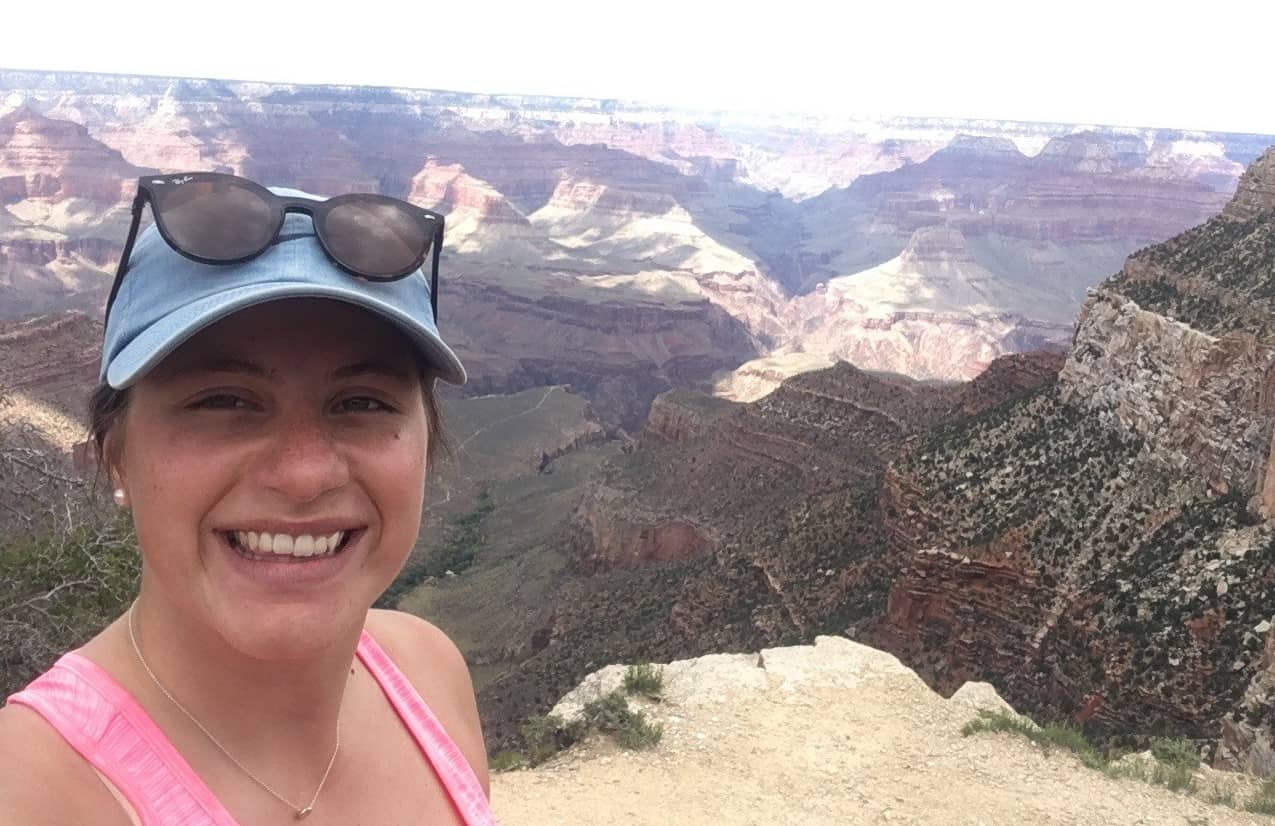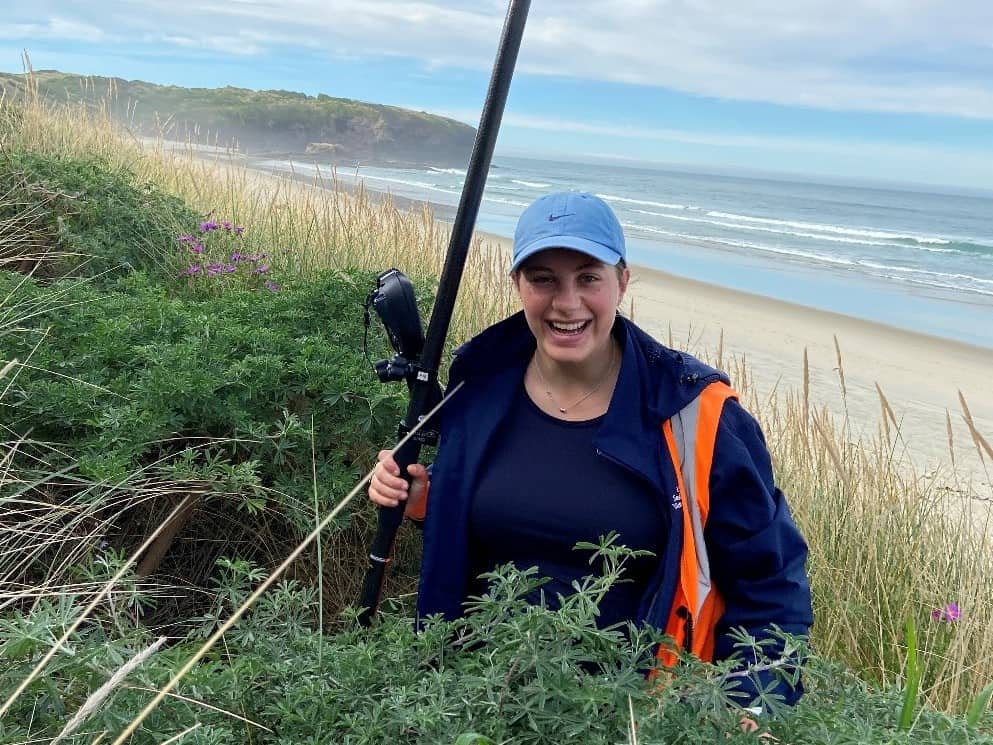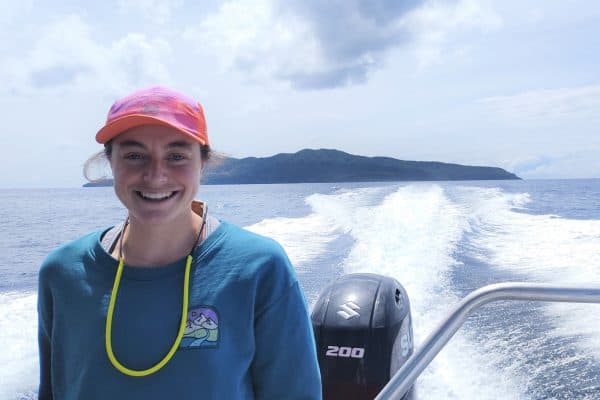Student Profile: Maddie Brown
Exploring Vegetation Controls on Foredunes And Their Response to Climate Change
June 20202
A bit about me
Summer for most Australians is usually described as days by the beach, snags on the barbie, and unforgiving sunburns. For me, this is the best way to spend summer, I love being at the beach with the sand between my toes and heading out into the water for a swim. I can safely say that this influenced my love for coastal science.
I didn’t have a clear idea of what I wanted to do out of high school, but science was of interest to me and I loved to solve puzzles. I studied Geology at the University of Melbourne and completed an honours year in Paleoclimatology. I also spent a semester abroad at the University of British Columbia in Vancouver, Canada. During my honours year I was able to participate in a CAPSTAN voyage, an opportunity to spend time on a marine research vessel, the RV Investigator. The time I spent on the ship and the people I met inspired me to continue my studies. I discovered I preferred fieldwork on a beach looking at sand, compared to the countryside looking at rocks, so decided to jump across to geography to better understand the processes that affect our coastlines.
Moving to Dunedin is certainly a lot colder than my home in Melbourne, but it hasn’t deterred me from keeping my water hobbies; life saving, waterpolo, and skiing (frozen water is still water). When I’m not in water or at the beach, I’ll be listening to motion picture soundtracks and will happily spend hours discussing the greatest composers of all time (John Williams and Hans Zimmer).
My project
The aim of my PhD is to discover how foredunes respond to sea level rise, specifically looking at how vegetation cover can affect this process. I aim to provide a conceptual model to then be able to provide recommendations for coastal management and hazard mitigation.
Currently I’m working on creating a map of New Zealand that categorises how dense vegetation is on foredunes and which species is dominate. While doing this I am also locating areas of note that may become fieldwork sites for further experimentation. I plan to undertake experiments in a variety of vegetated foredunes as the dune structure is highly dependent on the species present. I will focus on ammophila arenaria, spinifex sericeus, and ficinia spiralis as they are the most common sand binding species throughout New Zealand foredunes. Each species has varying biological structures, trapping sediment in different ways.
My research fits under the RNC2 Coastal theme to assist the understanding of New Zealand’s coastal change as well providing data to support projections of future shoreline change.

Next steps
The expected outcome of my work is to create a database to assist the prediction of coastline change for New Zealand’s future. This will help locate areas of erosion with higher priority compared to those that are in a relatively stable condition. I hope that my research will benefit all those like me who enjoy spending time at the beach, and to make it possible for future generations to do the same.




